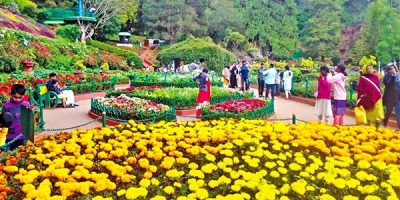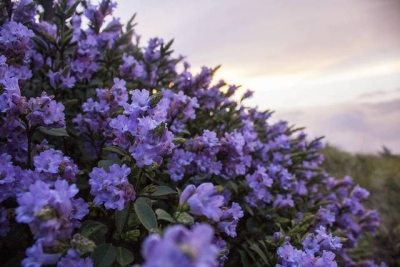What is international flower festival of Sikkim?

Sikkim's International Flower Festival held in May every year at The White Hall in Gangtok, attracts tourists from across the world. Different species of flowers are showcased in the fair. It showcases more than 600 types of orchids, 30 types of rhododendrons, 240 kinds of trees, and an impressive array of bamboo( Bamboo grow in abundance in Sikkim and forms an integral part of the daily needs of the people here.), ferns, magnolias, roses, gladioli, cacti, alpine plants, climbers and herbs. Sikkim covers just 0.2% of India's geographical area, but is recognised for its invaluable flora and fauna, including more than 4,500 types of flowering plants and over 424 medicinal plants.
Sikkim in North East India is surrounded by lofty mountains, paddy fields and orange orchards. The considerable range of climate and altitude is responsible for the immense variation in vegetation and wild life. The natural topography and climate supports the varied flowers that row naturally in every nook and corner of Sikkim. Mention must be made of the rhododendron. There are about thirty species of the flower in Sikkim. International Flower Festival, Gangtok showcases different varieties of flower that are native to Sikkim. This festival is held during the peak flowering season in Sikkim and attracts tourist from all over India.
Credit : Indian Holiday
Picture Credit : Google
